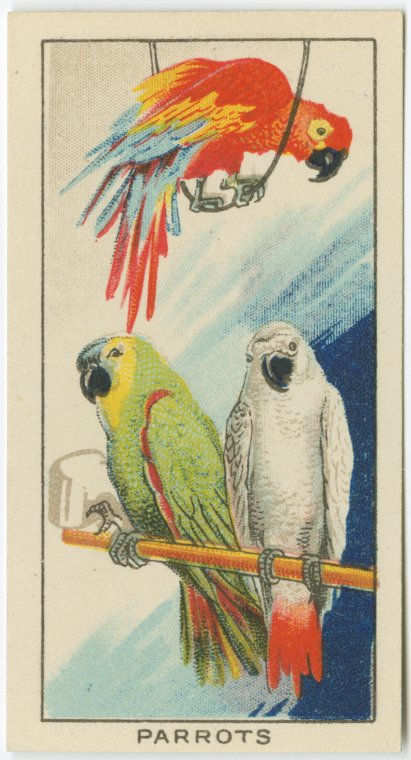Reader’s Den
February Reader's Den: "Telegraph Avenue" Week 2 - About the Author
 If you'd like to know all about Michael Chabon's prolific publishing history, Contemporary Authors Online has an exhaustive biography of him in our online databases. As I already noted, comics have been a big influence on his work and I surprized to learn that he worked on the screenplay of Edgar Rice Burrough's A Princess of Mars (novelized by Stuart Moore as John Carter: The Movie Novelization).
If you'd like to know all about Michael Chabon's prolific publishing history, Contemporary Authors Online has an exhaustive biography of him in our online databases. As I already noted, comics have been a big influence on his work and I surprized to learn that he worked on the screenplay of Edgar Rice Burrough's A Princess of Mars (novelized by Stuart Moore as John Carter: The Movie Novelization).
One small quirk of his personality that I think has been insufficently explored is his preoccupation with parrots. This article gives us some insight into this through quotations of other authors who have influenced Chabon.

While choosing a Pulitzer Prize winning author for the Reader's Den may seem like a no-brainer, Telegraph Avenue does seem like a first in a lot of ways and possibly a stretch for Chabon, partly due to the writing style, partly to, as Slate notes, "Can a White Author Write Black Characters?" It would seem that the answer is "yes," as Telegraph Avenue has garnered a lot of comparisons to writers like Zadie Smith, or to mystery writers like Richard Price or George Pelecanos, who are able to credibly write characters from a wide variety of racial backgrounds. Other criticisms include that the novel feels more like it was set in the 1960s or 1990s than 2004, when it's supposed to take place. Also, a scene later in the book where Gwen chats with Barack Obama at the Democratic Convention struck many as awkward. Chabon addresses some of these concerns in a Slate article, but for me, one of the takeaways was that he really wanted to write believable female characters in this novel, and I think his portrayal of Gwen and Aviva as midwives is done well.
Read E-Books with SimplyE
 With your library card, it's easier than ever to choose from more than 300,000 e-books on SimplyE, The New York Public Library's free e-reader app. Gain access to digital resources for all ages, including e-books, audiobooks, databases, and more.
With your library card, it's easier than ever to choose from more than 300,000 e-books on SimplyE, The New York Public Library's free e-reader app. Gain access to digital resources for all ages, including e-books, audiobooks, databases, and more.
If you don’t have an NYPL library card, New York State residents can apply for a digital card online or through SimplyE (available on the App Store or Google Play).
Need more help? Read our guide to using SimplyE.